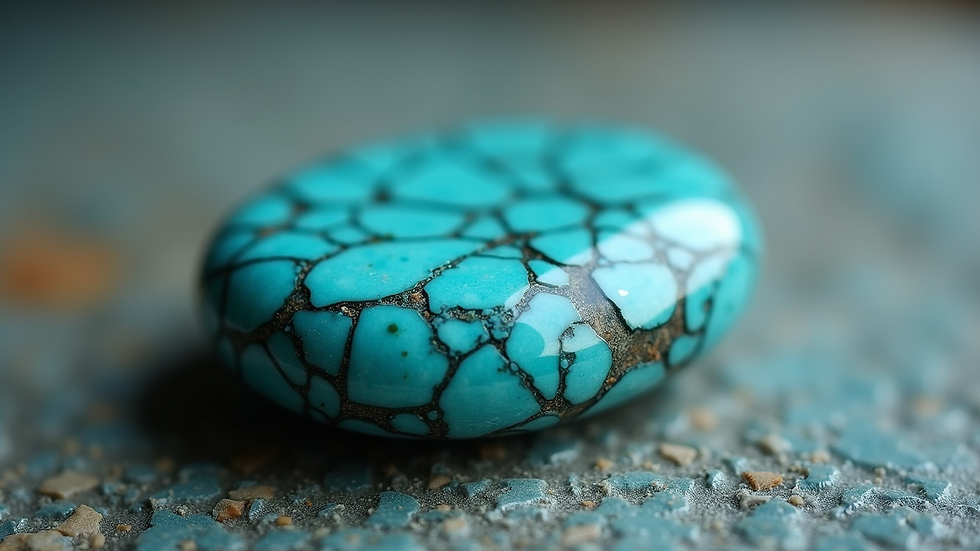Early Turquoise Mining in New Mexico. Part Two. The Holy Grail of Turquoise.
- Nov 5, 2020
- 2 min read
During the period covered in Part One, The Great American Turquoise Rush, 1890-1910 there were many companies competing in the turquoise trade in the jewelry market. At this time there was no Indian Jewelry market and all of the turquoise mined in the southwest, and there was a lot, was used in Victorian style jewelry, made in the east coast, set in ornate cluster settings with the turquoise usually cut in small calibrated cabochons and set with other gems, primarily diamonds and pearls.
Competition between the many companies was intense. Turquoise is a relatively soft stone and, depending on the hardness, will absorb oils which tend to alter the color often turning a blue stone green. The Azure Mining Company was fortunate in that the turquoise coming from the Azure Mine near Silver City New Mexico was especially hard and allowed them to offer a guarantee that the stone would not change color.
Another marketing effort was for the different companies to identify their turquoise by a trademark hallmark stamped on the back of the cabochons. This was directed to the jewelers purchasing the turquoise wholesale who would set the stone rendering the hallmark invisible.
There was a lot of turquoise sold during this period and one would imagine that some of the turquoise set in those old Victorian pieces would have reemerged, yet, to our knowledge, there are no examples of any cabs bearing a hallmark from this period. For turquoise collectors this must be the Holy Grail.
Here is a list of the different hallmarks. Happy hunting and be sure to let us know if you hit the high grade and discover a cab with a hallmark.
Mike Ryan II






Comments